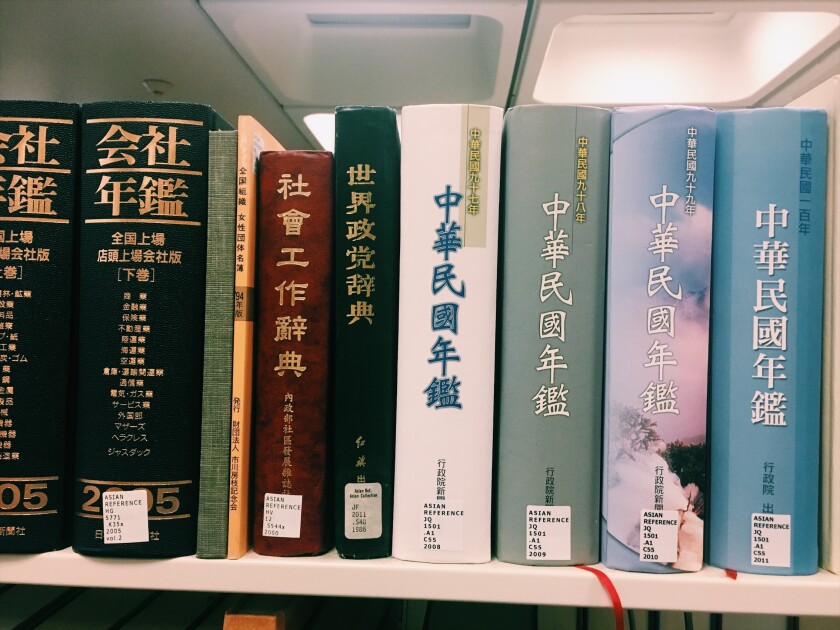BYU is rapidly expanding the translation and localization minor, a program that will have lasting impacts on the lives of people around the world.

In this world of mass communication and technology, BYU is one of only three universities in the United States to offer a translation and localization minor, a highly desired skillset that many companies desperately need.
But what exactly is localization and translation?
Localization is the process of addressing linguistic, cultural, and non-textual pieces of a medium and adapting it to fit in within the culture and language constraints.
“For example,” Center for Language Studies assistant director Rebecca Marks said, “you take the movie Iron Man, and you want to implement that movie into the market in Taiwan. You have translators involved in the subtitles and the text —involved in all the promotional materials [such as] the t-shirts and the posters.”
Marks continued, “You have interpreters doing voice-over for the whole movie, and you have editors and copywriters that are editing text on websites and posters because the design has to look normal to a Taiwanese person. Because they are dealing with characters [rather than letters], you can’t just bold the second word like you would bold the second word [in English] in a title.”
Translation and localization makes programing and digital communication in other languages possible. It allows people from all over the world to play a video game, or read a movie poster that was produced in a different language, and still have the user experience that someone across the world would have.
Beginning in the Winter 2021 semester, BYU began teaching the first software localization class, expanding this fast-growing program. Adjunct professor Ed Watts began teaching PLANG 460, Software Localization, in January.
Watts said, “There are scriptures that talk about people hearing the gospel in their own language. This is exactly that type of thing. When we are dealing with software, people are going to have much more success in dealing with computer software when they can do it in their own language.”
The software localization class is meant to teach students how to program and code according to the common uses of foreign languages.
Watts stated, “In order to work in the world languages, there are many technical issues that have to be resolved with the software. It has to be designed correctly. It has to have the resources to tell it how to sort in a different language, how to display all the characters in their given language, how to do spell-checking in a different language, how do the languages size differently, how do you do word breaks.”
He continued, “There's lots of information that needs to go into designing your software so it can handle these languages correctly. This minor [has] that focus of trying to get an idea of all the different types of things that go into a good software localization and how do you make that happen. Then, when things go wrong, how you figure out how to fix them.”
With so many languages spoken by students in Provo, BYU has the potential to be a front-runner in the translation and localization industry. Watts joins the Center for Language Studies in the hope that BYU students of various language backgrounds and majors engage in this rapidly expanding field.
Watts stated, “[Humanities people are] coming at this with learning some technology that will help them with their language skills. I would also love to get a bunch of computer science people and make sure that they understand how to develop software for localization and translation for the world as well.”